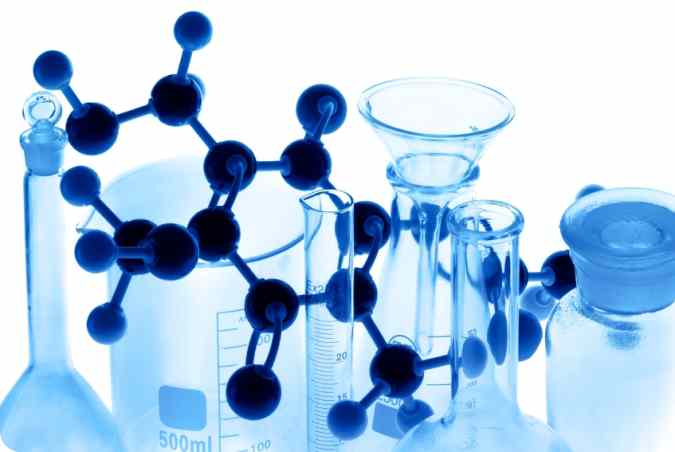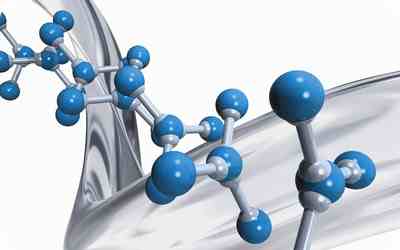Address
304 North Cardinal St.
Dorchester Center, MA 02124
Work Hours
Monday to Friday: 7AM - 7PM
Weekend: 10AM - 5PM

What is a Polymer?
Thermoplastics are just one class of a much larger category of materials polymers. Some familiar examples of the vast variety of products, both natural and man-made, that are composed of polymers are
This list is intended to indicate that all plastics are polymers, but not all polymers are plastics. In fact, man-made or synthetic polymers fall into classes with more technical names, such as thermoplastics, thermosetting plastics, and vulcanizable rubbers. Biopolymers are often so complex as to require classes of their own. Distinctions between classes of synthetic polymers will become clearer after their molecular structure is described in Chapters 2 and 3. For now, it will be sufficient to define the term polymer.
A polymer macromolecule, from which bulk polymers are formed, is a high molecular weight molecule made up of repeated additions of lighter and simpler chemical compounds called monomers. For example, the monomer ethylene, (CH2CH2), polymerizes to form polyethylene, (CH2CH2)n,where the subscript n indicates that a large number, n, of (CH2CH2) groups are connected to form one polyethylene macromolecule. Polyethylene is an organic polymer, meaning that the basic chain-forming element is carbon.
 Polymer molecules can take various geometric shapes, depending upon their chemical composition and the polymerization process used to join individual monomers. They may be almost linear in appearance, like linked chains, or they may be complex three-dimensional networks that are chemically bonded by side branches. They may be of natural origin, such as the cellulose in wood, or they may be products of a long series of chemical reactions starting with petroleum feedstock such as ethylene or benzene. In fact, the main raw materials of all synthetic polymers are natural gas, petroleum, coal, cotton, sulfur, ammonia, water, sand, and air. Regardless of spatial conformation or origin, all polymers are characterized by the fact that they consist of identical chemical groups or repeat units joined together in large numbers, end-to-end, to form high molecular weight (molecular mass to be exact) molecules and/or networks. For example, the repeat unit of polyethylene is the monomer (CH2CH2).
Polymer molecules can take various geometric shapes, depending upon their chemical composition and the polymerization process used to join individual monomers. They may be almost linear in appearance, like linked chains, or they may be complex three-dimensional networks that are chemically bonded by side branches. They may be of natural origin, such as the cellulose in wood, or they may be products of a long series of chemical reactions starting with petroleum feedstock such as ethylene or benzene. In fact, the main raw materials of all synthetic polymers are natural gas, petroleum, coal, cotton, sulfur, ammonia, water, sand, and air. Regardless of spatial conformation or origin, all polymers are characterized by the fact that they consist of identical chemical groups or repeat units joined together in large numbers, end-to-end, to form high molecular weight (molecular mass to be exact) molecules and/or networks. For example, the repeat unit of polyethylene is the monomer (CH2CH2).
To proceed, it is necessary to recall the meanings of a few basic terms from elementary chemistry. An element, such as hydrogen, carbon, or chlorine, is a pure substance that cannot be decomposed by a chemical reaction. A compound is composed of two or more elements that can be decomposed by chemical reaction back into those original elements. Water, a compound,can be electrochemically decomposed into hydrogen and oxygen. There are 111 elements known at present and classified in the Periodic Table. However, chemists have catalogued about 15 million different compounds formed by combinations of these basic elements. Most of these are man-made; only a few hundred thousand naturally occurring organic compounds have been identified to date. Instead of elements, one often refers to the atoms of which the elements are composed and which constitute the smallest individual units that retain all of the properties of the elements. Atoms can be decomposed or changed into other atoms only by nuclear reactions.
by:http://www.myplasticmold.com/packaging-food-beverage-plastic-mold